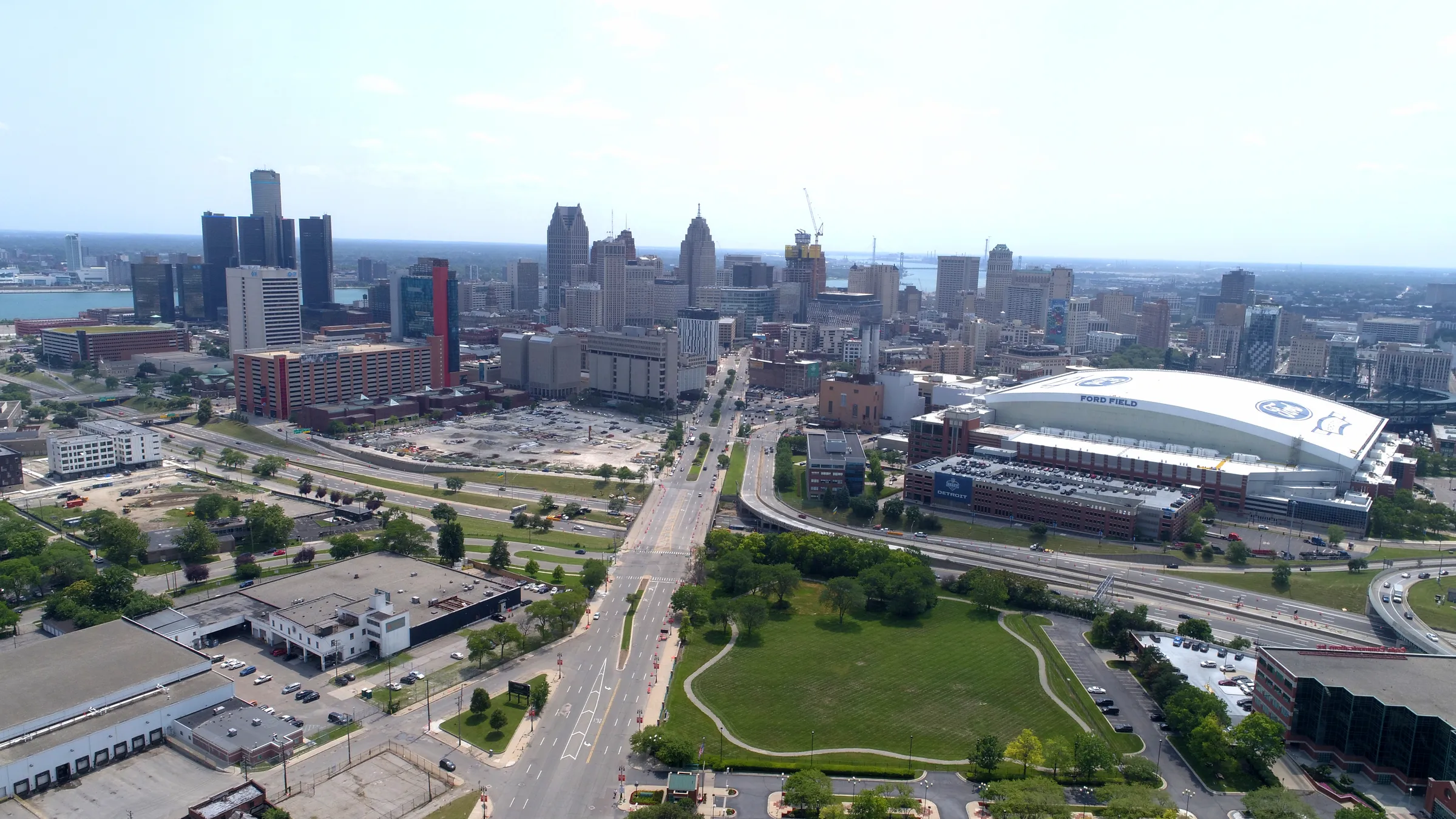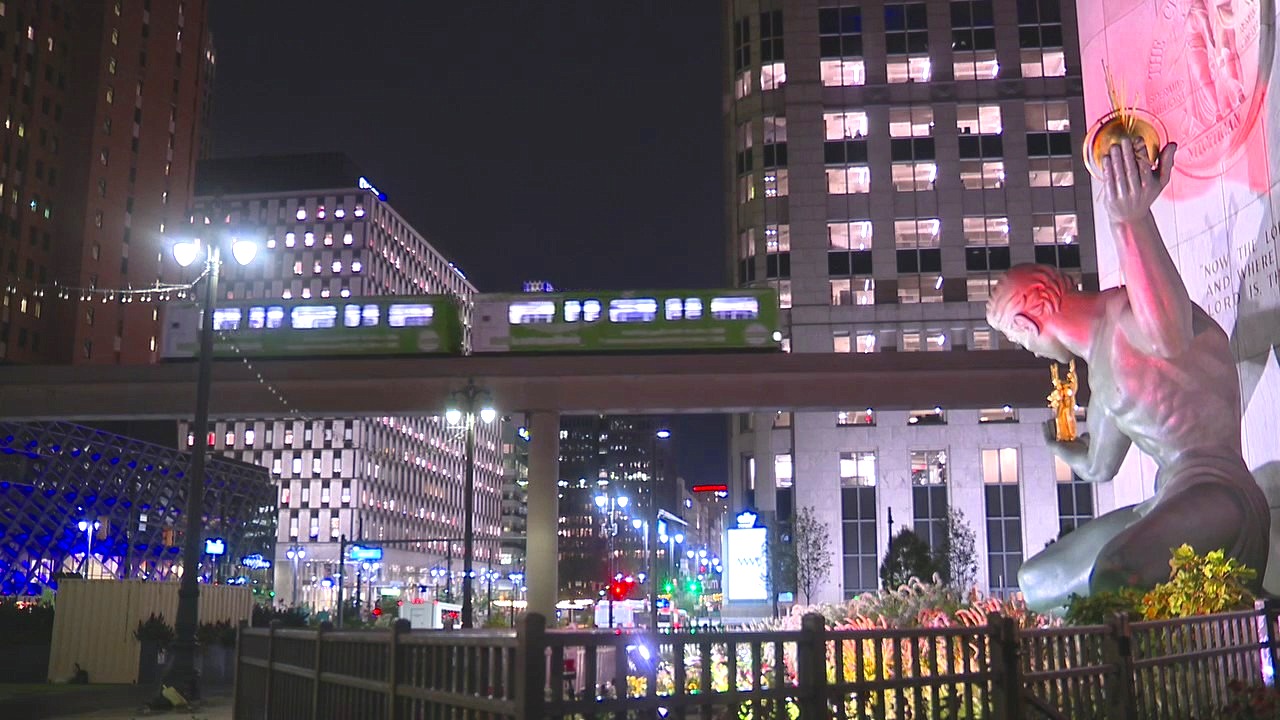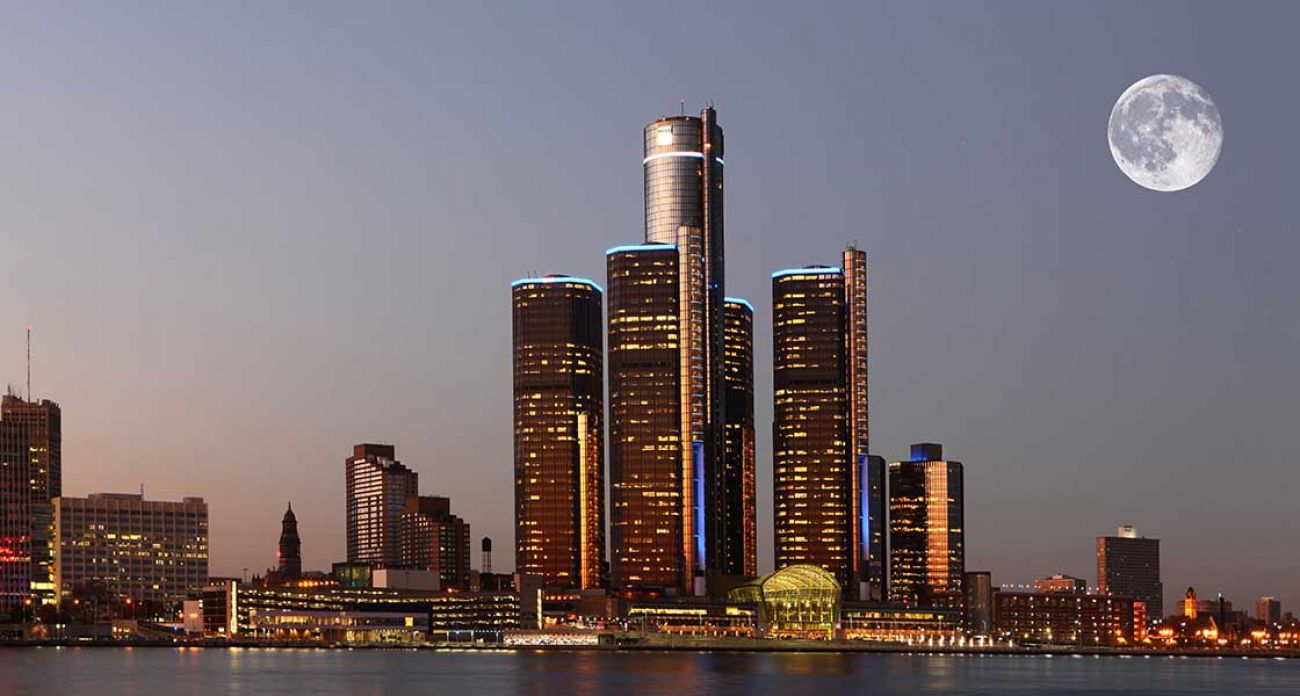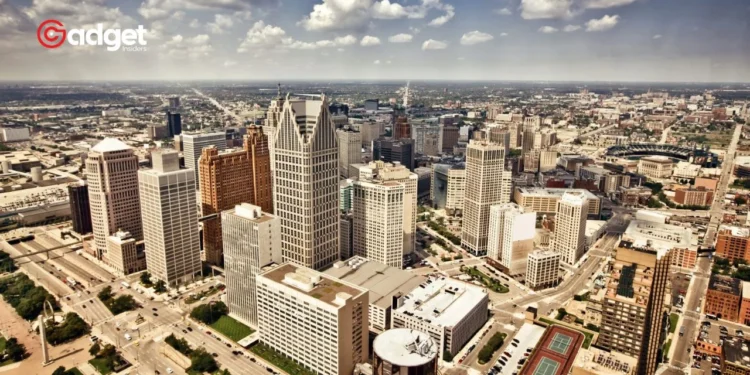For the first time in nearly seven decades, Detroit has seen a population increase, signaling a significant turnaround for a city that has faced considerable challenges over the years. This milestone marks the first growth since 1957, heralding a new era of optimism and redevelopment for the once struggling city.

The Significance of This Growth
City’s resurgence is a testament to the enduring spirit of its residents and the effectiveness of recent urban renewal efforts. This population increase not only reflects improved economic conditions but also a growing confidence in the city’s future. Such a turnaround is particularly noteworthy, considering its historical economic declines and its 2013 bankruptcy, the largest municipal bankruptcy filing in U.S. history.
Analyzing the Factors Behind Detroit’s Resurgence
A combination of strategic urban planning and investment in key sectors has contributed to city’s revitalization. Initiatives to enhance public safety, improve housing affordability, and attract new businesses have all played critical roles in reversing the population decline. Moreover, the city’s focus on innovation and technology has begun to attract a diverse new wave of residents, eager to participate in Detroit’s transformation.
Renewed Interest in Urban Living
City’s renewal has been bolstered by a shift in living preferences, with more people choosing urban environments that offer a mix of cultural, economic, and social opportunities. The city has capitalized on this trend, promoting its rich cultural heritage and increasingly vibrant downtown area as key attractions for both young professionals and families.

The Impact on Local Economy and Services
The population growth in Detroit is expected to have a broad impact on the local economy and public services. Increased demand for housing, greater consumer spending, and higher tax revenues will provide the city with more resources to invest in further improvements and services. This, in turn, could create a positive feedback loop, attracting even more residents and businesses to Detroit.
Planning for the Future
As Detroit embraces this positive trajectory, city planners and policymakers are tasked with ensuring that growth is sustainable and inclusive. This involves addressing challenges such as income inequality, access to quality education, and public transportation. Ensuring that all Detroiters benefit from the city’s revival is crucial for maintaining momentum and preventing the recurrence of past issues.

Conclusion: A New Chapter for Detroit
City’s population increase marks more than just a statistical achievement—it symbolizes a city reborn from its industrial ashes, ready to face the future with a renewed sense of hope and determination. As the city continues to build on this progress, the focus will remain on fostering a city that offers prosperity and quality of life for all its residents. This historic moment not only changes the narrative of decline but brightly colors the portrait of Detroit as a city on the rise, ready to reclaim its place as a vibrant urban center in America.










